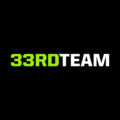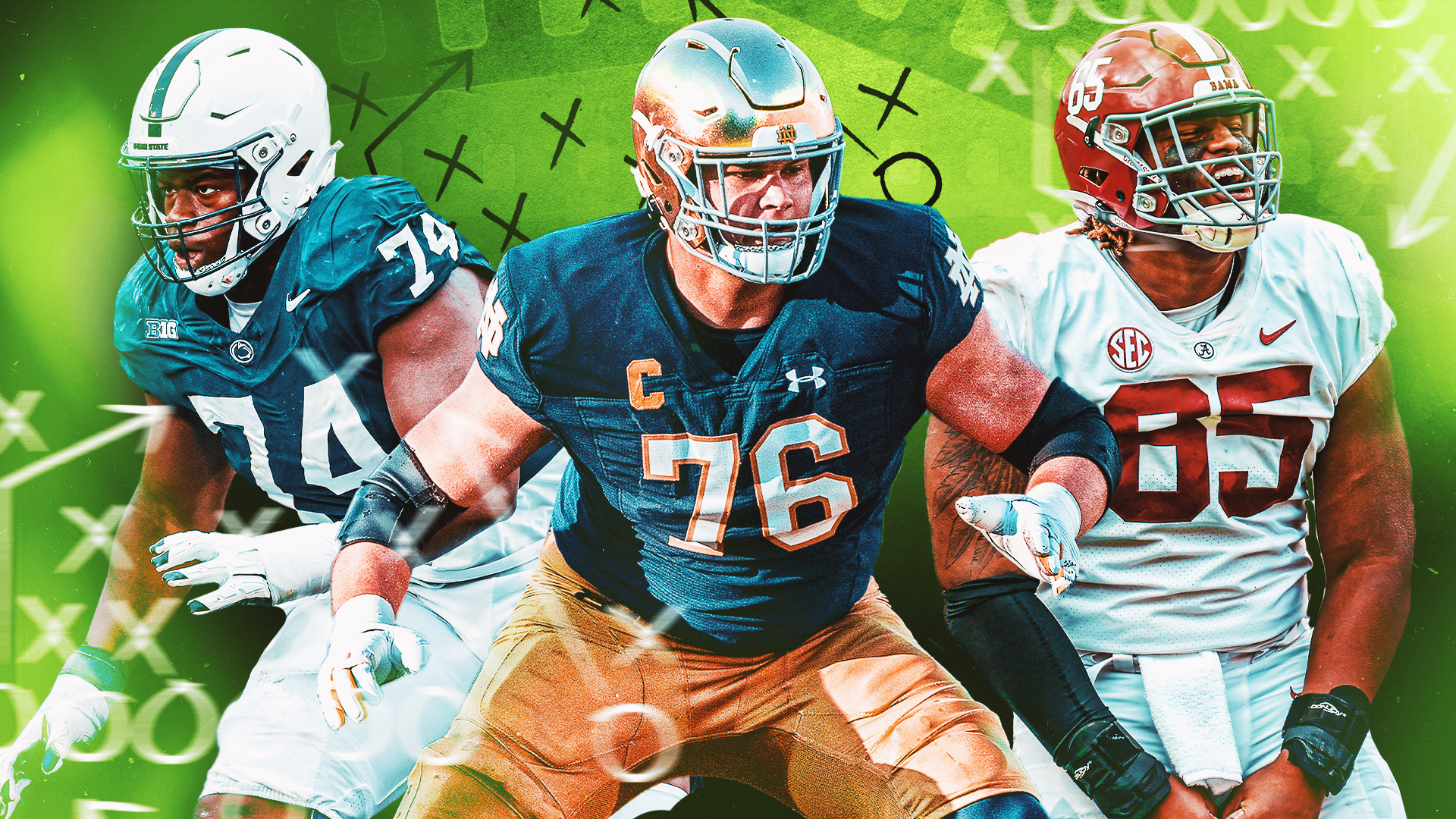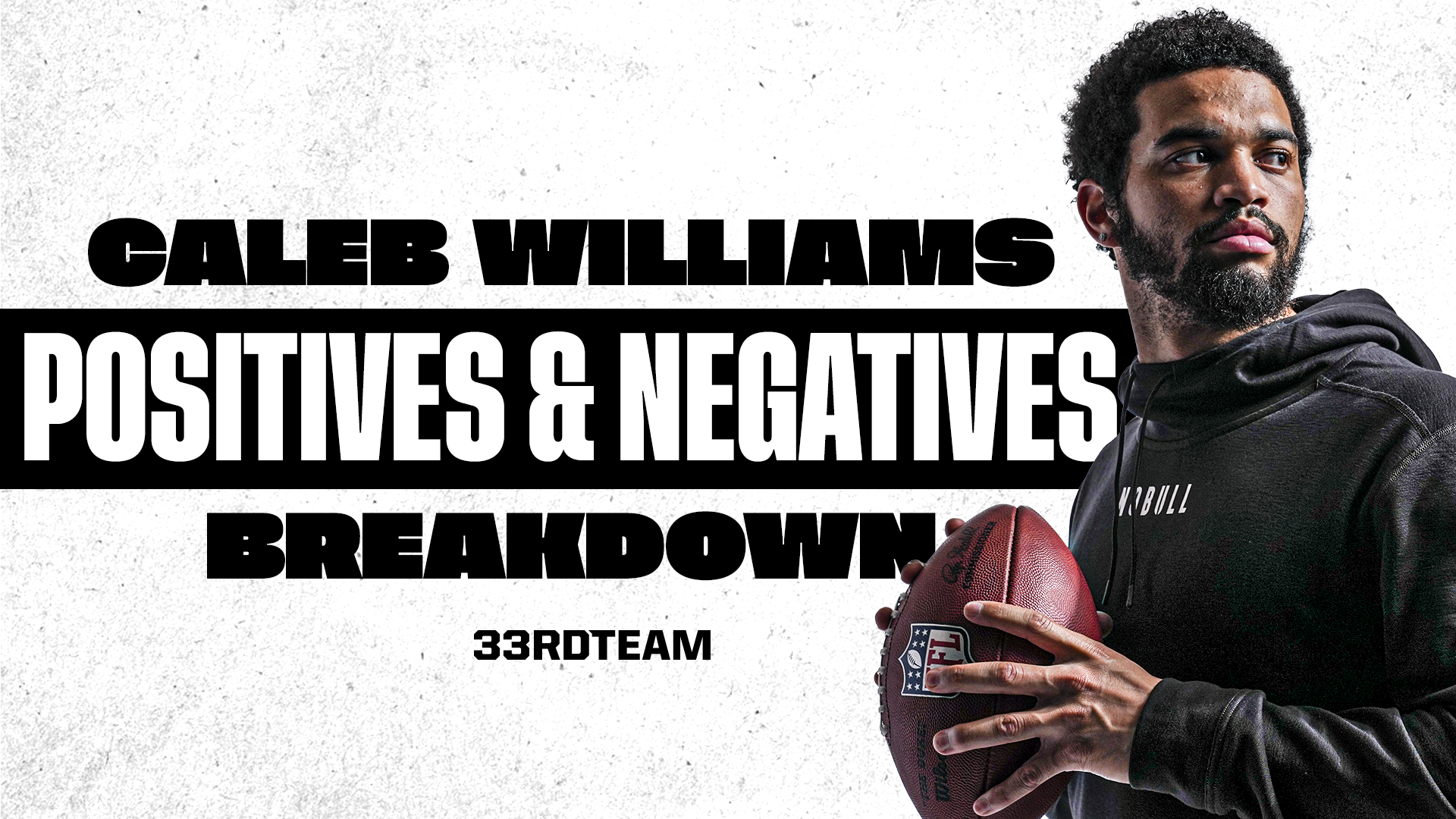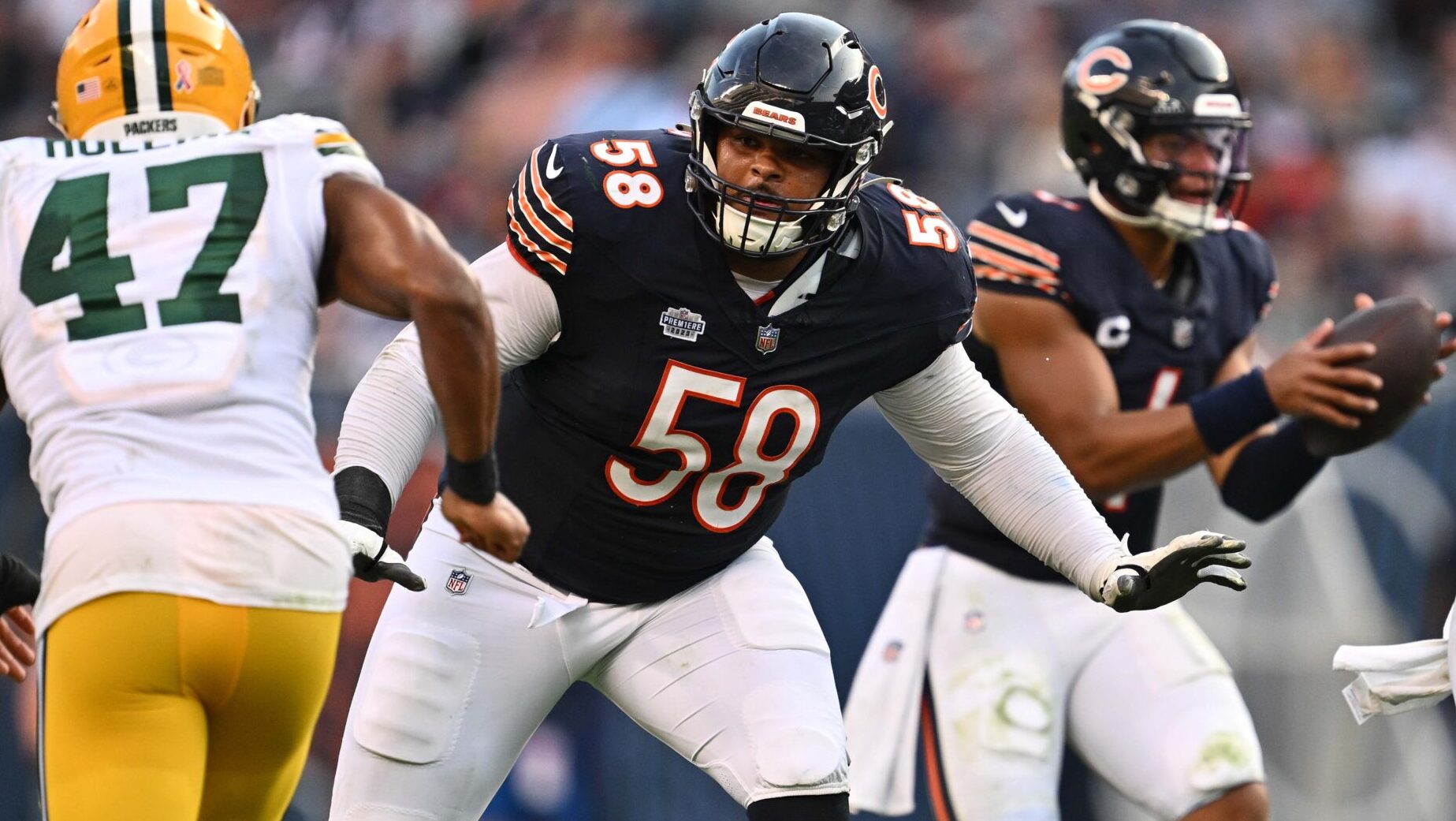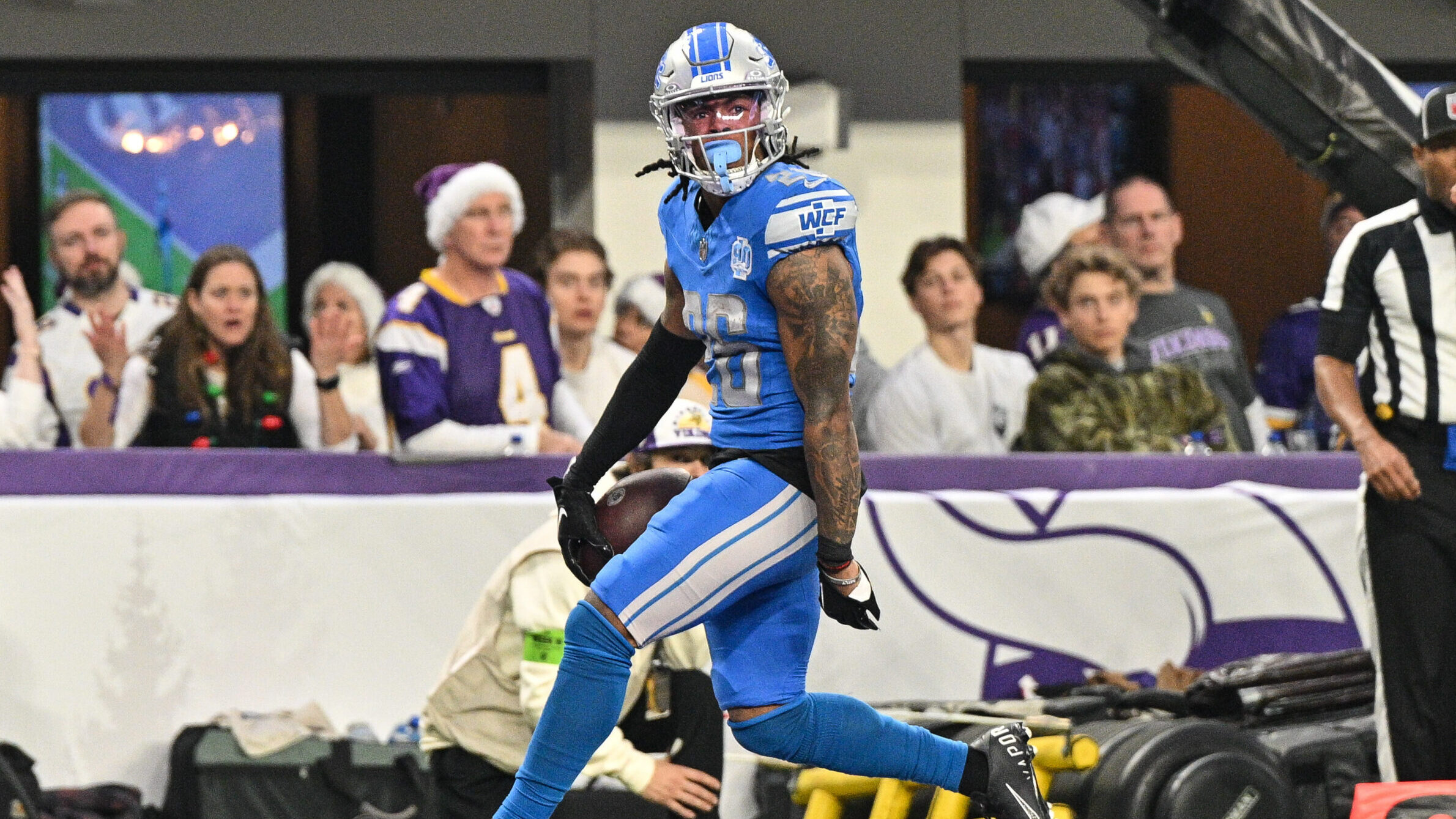Analysis
5/16/22
9 min read
NFL Coaches on How To Create Mismatches With Your Tight End
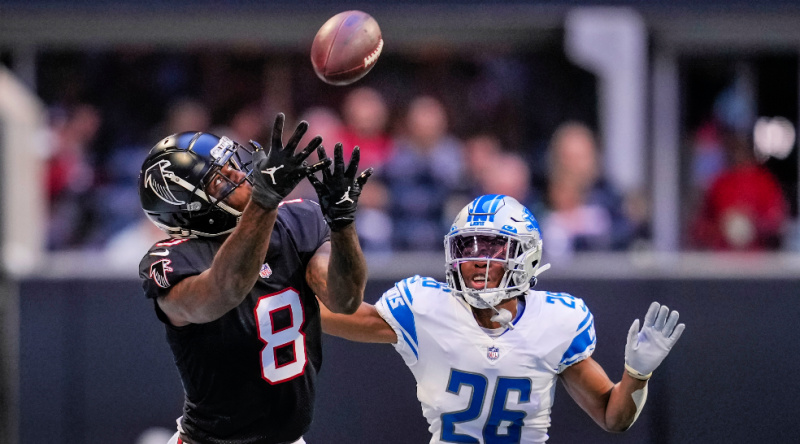
Football is a game of inches. A phrase that every fan of the game and professional within the game has heard time and time again. In order to win a game on inches, teams must manipulate the game in their favor using a variety of methods, and often by way of manipulating the other team in the form of matchups between players.
Whether it refers to creating mismatches in the form of one-on-one matchups to lining up with the best-on-best mentality, everything boils down to matchups between players and how coaches utilize them to their team’s advantage.
Much like other sports, mismatches in football are often found in the form of size differential between players. Such mismatches can occur at every level from down in the trenches between linemen, to the back end of the secondary with receivers and defensive backs. One position where mismatch ability is most prominent is the tight end. A position where if one had to define the ideal specimen, he would have the size of an outside linebacker or edge rusher and the athletic ability of a wide receiver, which in turn forces the defense to pick their own poison when deciding how to defend.
Does the defense cover such a tight end with a defender of similar size who is likely a less dynamic athlete? Or perhaps one who is a match athletically, but may lack the size to compete at the catch point?
That kind of perfect specimen is exceptionally rare, and thus the tight end position has players that fit multiple different molds and play the game in just as many ways. Understanding the tight end position and how to use the different types of players within it is vital in today's NFL.
In The 33rd Team’s most recent Wednesday Huddle, former NFL coordinators discussed the use of the tight end position and the various advantages it can bring to an offense.
Brian Schottenheimer began the discussion:
“From a design standpoint, the two tight end sets, just the multiplicity of formations is huge. You can be in One Back; you can be in Y-Y wing sets to try and create a soft D-gap or edge. You can spread people out; you can get into two-back. I think that's a really cool way of attacking people if you have the right makeup.”
Moving on to the various types of athletes that make up the position, Schottenheimer said:
“The room can’t be a bunch of cookie cutter guys. You have to have your ‘Y’, you have to have your ‘F’…In Seattle we had Will Dissly who we felt was a good ‘Y’, good point of attack guy…We never really found that matchup ‘F’ guy that was a problem [for defenses in the passing game].
“Now you're getting so much sub-defense for these undersized linebackers that can really run,” he continued, “You also have to be able to be willing to close the formations down versus sub defenses and trying to make these undersized nickels at 190 pounds play the A-gap or play the C-gap in the running game.”
Schottenheimer further broke down how even a typical “F” tight end who is more of a receiver than a blocker can be utilized in the run game in a two tight end set:
“You can hide deficiencies of these tight ends that aren't great blockers. If they're an unbelievable weapon [in the passing game], we can put them on the back side, we can arc them, we can send them through on a nine technique. There are things that we can do…What they bring in the passing game is too strong to avoid those matchup type ‘F’ guys.”
Marty Mornhinweg added his thoughts:
“I totally agree…First of all, in the game plan you want to use all of the eligible receivers and runners. However, if you've got a great tight end, or even two, now you're into some great game plan type things. The second thing is to dominate that 15 yards deep tight end to tight end. If you do that during the game, you’ll typically win the game.
“How do you do that? Well, typically the classic way is with a tight end or two tight ends. And why? Because it's all right there in front of you. The ball is coming out fairly quick. For a young quarterback that's important to do. You know, all quarterbacks, but especially those young quarterbacks, they sort of feel subconsciously and sometimes even consciously that those tight ends are kind of security blankets for them because of all the things that you just talked about. If you’ve got them, utilize them in the game plan, utilize them in the middle of the field.”
Shottenheimer confirmed: “That's one of the things I feel like we kind of missed out on last year in Jacksonville,” he said. “We never found the guy for Trevor [Lawrence] that he was really comfortable with…For those young quarterbacks, a security blanket is huge.”
He continued to elaborate how tight ends can help a young quarterback develop:
“The cool thing that I found is over the last couple of years, normally the ‘F’ matchup tight ends don't play on special teams. So therefore, you've got a 10-to-15-minute period where Greg Olson, Jared Cook, Dustin Keller, those guys would come over and they work with the quarterback on the subtleties of the route. ‘Hey, the corners high over the top. I'm going to do this.’ I just think that me-to-you that you factor, that practice time I think is really, really critical. So again, I know special teams coaches don't like that, but we're always going to maximize that.”
Moving on to how else a tight end can be utilized, Schottenheimer said “Rex Ryan and Pete Carroll both hated playing against the jumbo tight end, the extra offensive lineman. So, if you have an athletic [tight end], George Kittle, [Travis] Kelce, and you can bring that extra 330-pound lineman in to do some of the heavy lifting, you do a couple of things. You force the defense to make a decision about what they want to do from a personnel standpoint. But truly you can run all of your runs and play passes…When you put a 330-pound tackle on there, then you marry your runs with your passes, and you get a chance for some explosives. We did it with Wayne Hunter in New York at a very high level. We did it with George Fant and Seattle.”
When asked how a defense treated the two tight end set or extra offensive lineman in a situation like that, John Pagano responded:
“When you're looking at it from a run game aspect, how you're setting the front in these two tight end sets. Do you want the weight of your base defense? Your sub defense? Going to that heavy tight end to where now that gives you know the other tight end if he's in the core, if he's out of the core, the ability to be able to free release.
“When the jumbo tight ends came in, I always felt like it took one less explosive player off the field. I know the run game, you know could get better in those situations because it's the same thing you guys are always talking about is matchups defensively, when you're looking at 12 personnel in the National Football League right now it's more of an 11 personnel three wide receiver type of sets so you're very limited in your base defense dependent on how well you can match up and San Diego we always felt they're well matched up on tight end smaller guy but had the ability you know to do coverage things and we played you know some of that base defense.
“With the extra tight end, with the extra offensive lineman coming in, it made you almost set the front to that side.”
In reference to the mismatches a two tight end set can create for the defense, Pagano said:
“The multiple formations that you guys do out to 12 personnel, and the matchups, and getting them out of the core, then they're in the core, and then you play sub-defense, you're playing nickel defense. Now all of a sudden you start running the football…With certain tight ends we knew they weren't going to run it to them, and they were more of a decoy. You knew where you can be heavier for that run defense compared to now you got to make sure you're matched up in coverage.
“It's always about matchups defensively and how sound you can be in these situations. You know for the 12 personnel, you look at the NFL, everybody's playing nickel versus 12 personnel, you rarely find base defense. And if you do, some of those matchups are going to get exposed when those tight ends get put out in space because of the multitude of the formations and having those guys outside of the core.”
Greg Cosell chimed in with a question about athletic tight ends lined up as the boundary ‘X’ being a tough matchup as well.
Pagano answered:
“100%. We saw it twice a year with Kelce when they put him on that single receiver side. They put the back offset to him, and they run those combination patterns. If you're trying to roll coverage over Tyreek [Hill] or somebody else to the three receivers set where they're loaded at, that's how they get those different types of matchups…That’s the toughest I think, is when you have an athletic tight end like that, you split out him wide, you’ve got a back offset to him. You’ve got a three wide receiver set [opposite]. Now where are you going with your coverage?”
